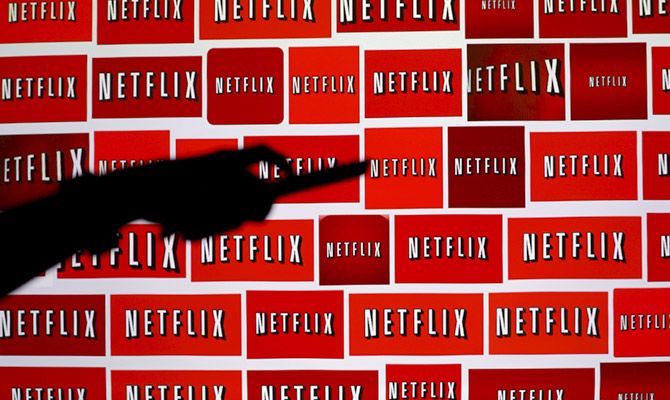OTT players like Netflix, Hotstar, and Voot are keen to find a common currency to measure viewership numbers and improve advertising options as well as content. Urvi Malvania reports.

Even as media companies in India grapple with the dynamics of entertainment and its monetisation on the digital platform, consensus emerged on the need for a common currency to measure digital viewership.
Discussing the topic of 'Chasing viewership in the digital paradigm', on the second day of the recent FICCI-Frames convention on media and entertainment, experts from the industry agreed that as consumption habits evolve, a common currency to measure the changing habits, is the need of the hour.
The number of internet-enabled mobile phones crossed 300 million in 2016 and is expected to touch 700 million in 2021. Mobile devices penetration in India is growing and they are the primary device for meeting consumers' digital needs, says the report.
The over-the-top (OTT) players are keen to get a good grip on the number of people logging in and what they are watching to provide advertisers with better choices and viewers with more of what they want.
Jamie Kenny, head of business (digital) at the Broadcast Audience Research Council of India (BARC) said that they will roll out their digital measurement tools this year. This would also help assess the shift in viewership patterns from TV to digital.
"Right now, there is absolutely no way to say for sure whether the digital viewership is incremental or it is eating into the TV's share. By next year, hopefully, we'll see the roll-out of TV+digital viewership, which will give a better picture about who is viewing what and on what platform," he added.
While TV is growing, the media and entertainment report released recently says that with data penetration improving, the small screen or the personal device has become a genuine entertainment device.
"For example, 20 million people accessed Euro 2016 (football) on the mobile last year," said Uday Sodhi, EVP and business head -- digital, Sony Pictures Network India.
Adding to this, Archana Anand, head of digital and OTT business at Zee Digital Convergence, said that according to data gathered by Ditto, "It is not only college students who don't stay at home or don't have access to TV sets that are watching online. Even young couples, who are setting up their homes, prefer consuming content via Ditto, rather than invest in a TV set," she says.
However, advertisers and brands are not just interested in what devices people are watching on, but also what they watch and when.
This is what an independent agency is expected to do said all players. Besides the data would be credible only if an external agency reported and measured it for easy reference.
OTT players are looking for such measurement systems also to help track popular shows and take a more informed approach towards pricing their content.
At present, the industry is experimenting with a mix of pricing and ad-driven models.
With the entry of Netflix in India, the industry saw the first major move towards the paid model. However, Hotstar, SonyLIV, and Eros Now have taken the hybrid model route, where some of the content is available for free (with ads) and premium content is behind a paywall.
Others like VOOT preferred to leverage the content library of the network, and go with a fully ad-supported model.
Advertisers have been flocking in but at the same time are asking for better proof of the bang for their buck.
Gaurav Gandhi, COO, Viacom18 Digital Ventures, explains that it is not as if the industry is short on data. In fact, he feels the problem is an abundance of data not lack of it.
"A common currency for digital measurement will just make lives easier for everyone and provide credibility to the data. We know exactly who is consuming what on VOOT how. Data absence is definitely not the issue," he says.
Once digital is measured, many believe it will put to rest the continuing debate over subscription led vs advertising led content platforms.
Zulfikar Khan, business head, Eros Now, and chief revenue officer at Eros Group, feels that in order to invest in content, companies need to make money off subscription.
"How long can we depend on advertising revenues? Digital gives us the means to produce content targeted to specific groups of the audience. It makes life much easier. But to make such content, investments are needed and unless the subscription model is in place, there is little room to hedge investments against content consumption," he explained.
Gandhi added that with the improvement in digital payment methods, data getting cheaper and creation of exclusive content for digital media houses now have the liberty to experiment with models.
The one shoe fits all strategy, that seemed to work for TV, will not work here since each network will have the opportunity to explore options from fully ad-supported models to hybrid models and fully subscription led businesses.









